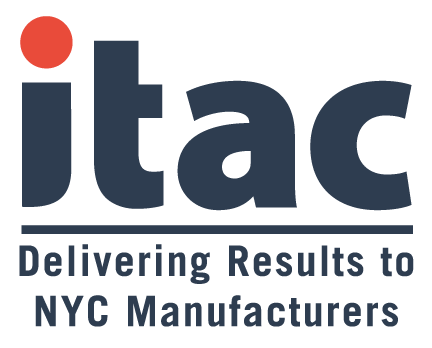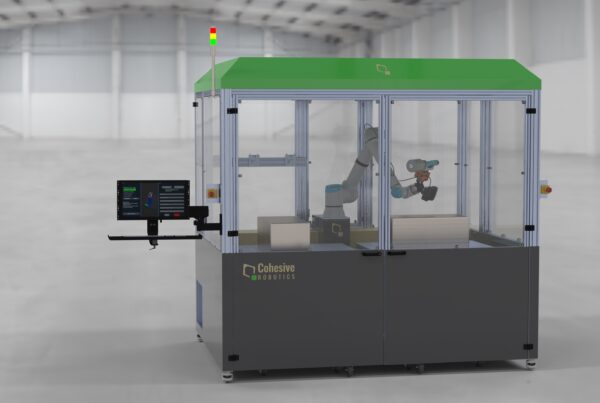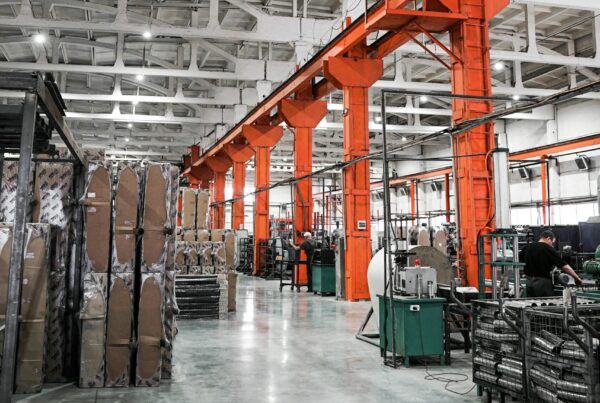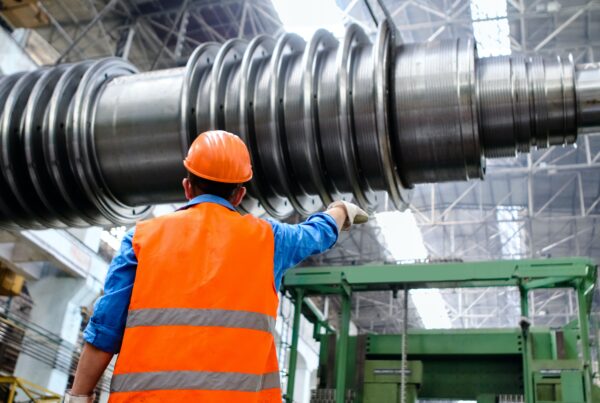Q&A With Dr. Karl Zelik. Will Industrial Exoskeletons Weaken Workers? Unlikely!
Exoskeletons for work and industry are being utilized by early adopters, especially in the automotive industry. These are wearable devices that are worn on top of workers’ clothing that aim to reduce fatigue, increase safety and in some cases, improve productivity. However, many questions remain to be answered before wearable human augmentation devices see wide-spread adoption.
One concern is whether prolonged use of exoskeletons could make their users weaker. This potentially negative outcome could also apply to military and medical exoskeletons. If a person wears an exoskeleton that helps with their work would their muscles be utilized less and begin to atrophy?
To answer this question, we got in touch with Dr. Karl Zelik, co-director of the Center for Rehabilitation Engineering and Assistive Technology at Vanderbilt University, and Co-Founder and Chief Scientific Officer of HeroWear.
Do you get asked often if industrial exoskeletons could cause muscle weakness?
All the time. As an engineering professor and biomechanics researcher at Vanderbilt University, I’ve been a part of advancing our scientific understanding of exo technologies (including rigid exoskeletons and soft exosuits, both powered and unpowered), and how they physically interact with users. Furthermore, as co-founder of HeroWear (a Vanderbilt spin-off company that develops lift-assist exosuits) and as part of the ASTM standards committee on Exoskeletons and Exosuits, I’ve been involved in the commercialization, adoption and integration of these devices into industry. Across all these areas — science, business and industry — one question looms large. It’s one of the most common questions I hear: Will exoskeletons weaken workers? In other words, is there a chance that the short-term assistance benefits to workers will result in long-term muscle atrophy, thereby affecting the anticipated ROI from exoskeletons or causing negative consequences for users long-term?
So will exoskeletons make workers weaker?
Based on current scientific evidence, given the modest unloading provided by most exo technologies and given the strenuous jobs done by industrial users, muscle weakness or atrophy seems unlikely. As nicely summarized in a 2010 publication by Krogh-Maden et al. in the Journal of Applied Physiology: “…most literature suggests that reduced muscle loading must be drastic, such as limb immobilization or bed rest, to observe muscle atrophy.” Thus, the real issue is with extremes: far too little or far too much muscle activation can lead to muscle atrophy. So overtraining can actually lead to weaker muscles. This is based on evidence from animal and muscle studies, and well-known within the field of sports performance. But for a large intermediate range of activations muscles have been shown to maintain their mass and not atrophy. Exo technologies may actually help workers stay within this healthy intermediate range of musculoskeletal loading.
But don’t exoskeletons do all the work for me?
For those who haven’t worn an exoskeleton yet, it’s not like being bedridden, immobilized or launched into space for a prolonged duration. The vast majority of devices simply provide partial assistance during physically onerous tasks; for example making a heavy object feel less heavy. Imagine working in a job where you lifted 35 pound boxes all day long, and then one day the boxes were lightened to 25 pounds. It would make your job less exhausting and reduce the wear and tear on your body, particularly your back. It’s still no day at the beach, but it helps. This is exactly what exo technologies can do! I’ve measured it with muscle activity sensors, and I’ve seen it in person: the earnest grin that grows across a user’s face when they don a device and first feel the exo assistance. In my mind we are just trying to develop everyday supersuits to improve the lives of everyday heroes: our friends, family and neighbors who work in the most physically-demanding jobs.
Although it may seem counterintuitive, scientifically it is completely plausible (and I’d say probable) for industrial exoskeletons to combat rather than induce muscle weakness in the long run, in a variety of industries, circumstances and applications.
You say that exoskeletons can combat muscle atrophy? How is that achieved?
If exoskeletons unload muscles that are already overactivated/overloaded, then this could actually prevent muscle weakness (atrophy), or conceivably lead to increased muscle mass.
Interestingly, I’ve never heard anyone discussing exoskeletons ask: when workers develop overuse injuries — and miss work for days, end up immobilized for weeks, or just quit — does this cause muscle weakness? I’m far more concerned about this scenario, which we know occurs regularly and at considerable expense. Occupational overexertion injuries alone cost over $13 billion per year in the U.S. Musculoskeletal injuries and pain often lead to drastic reductions in physical activity, which can quickly result in physical deconditioning and muscle atrophy. Exo technologies could help reduce the rate of these incidents.
One final way to help put things in perspective: When a mover shows up to my house with a dolly (hand truck) to help move heavy objects, or a plumber arrives with a long-handle wrench that enables them to more easily loosen a pipe fixture, I’ve never once been concerned that these tools would cause their muscles to atrophy and weaken. These folks have hard jobs. Proper tools makes their job easier, but by no means easy. Tools enable them to do their job more safely and efficiently. Exoskeletons and exosuits are wearable tools that can help keep people safe and energized on and off the job. As these exo technologies continue to mature and get adopted into industry we are excited to learn more from larger-scale prospective studies that will supplement and expand upon current knowledge and expectations. In the meantime, I believe the future looks strong for exo technologies, and for exo users.
Exoskeletons for work and industry are an emerging technology that has only now began to establish a foothold and demonstrate a potential ROI. There are many questions that have to be answered before the market grows beyond just early adopters that are eager to find new solutions to old problems. Potentially weakening workers is a valid concern, but it may be overstated.
Image: Warehouse worker using a HeroWear lift-assist exosuit on the job to reduce strain on his back muscles while loading pallets. It is not uncommon for workers to perform 100-300 lifts per hour. MATTHEW MARINO
The insight is from Forbes.com. You can read the full article by clicking here.
